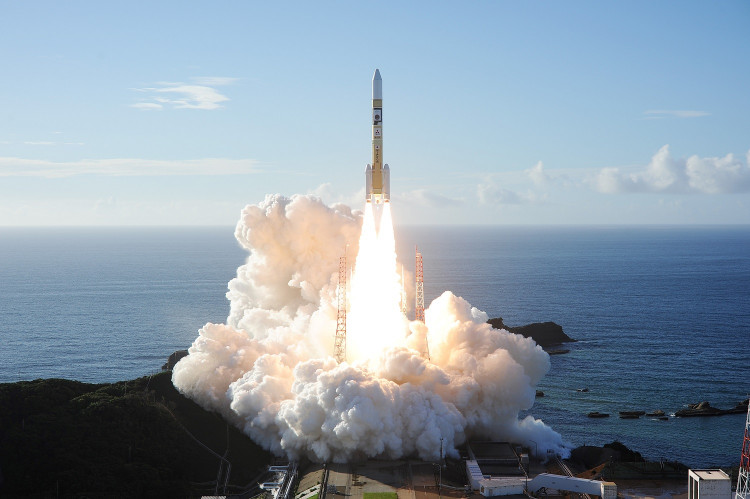The Hope orbiter, the United Arab Emirates' first-ever interplanetary spacecraft, has completed its initial post-launch course correction, directing the mission toward Mars for its arrival in February 2021.
The #HopeProbe has successfully completed its first trajectory correction manoeuvre - a major milestone in its journey to #Mars. This marks the first firing of the probe's six Delta-V thrusters, for course correction that will see the probe directly targeting Mars' capture orbit. pic.twitter.com/fYRWunYFbM — Hope Mars Mission (@HopeMarsMission) August 17, 2020
The Emirates Mars Mission launched on July 19, the first among the three space agencies taking advantage of the window of opportunity for a quicker route to Mars. On Aug. 17, the UAE announced that its Hope orbiter has nailed the TCM1 maneuver, its first post-launch trajectory correction. This means the probe's engines have been fired for the very first time.
"TCM1 was a major milestone for us," said Omran Sharaf, project director for the mission, said in a statement. "Hope has exceeded our expectations and is now on target to reach its Mars Orbit Insertion (MOI), requiring less adjustment to its course than we had originally planned."
Between now and its arrival at Mars in early February 2021 the spacecraft will make another half-dozen trajectory corrections. When it hits the Red Planet, Hope will get to work for one Mars year (nearly two Earth years) researching the Martian atmosphere and the environment.
UAE's $200 million Mars orbiter will embark on a seven-month trip, moving into its orbit by early 2021. Hope is expected to make observations for a full Martian year, or for two Earth-years.
Hope's mission is to understand the atmosphere and weather in the Red Planet. Although it's a topic many missions have tackled before, the orbiter will approach the unknown in a more unique way. The UAE aims to help researchers around the globe understand better the atmospheric conditions of Mars, so as to ensure the most suitable setting for astronauts in potential manned missions.
The UAE is pretty much new to the space exploration market, becoming involved only in 2009 when it launched a satellite with South Korea's support. The state launched the first domestically built satellite called KhalifaSat successfully in 2018.
Yet Emirates is considering further Mars flights. It is in fact planning to take part for the first time in an analog mission in late 2020. If all goes well, the UAE could host similar analog missions and other Red Planet-focused research early. It is also expected to build the Mars Space City, a $140 million project in the center of the Dubai desert.
When the orbiter hits Mars, the UAE will become the fifth or sixth body to orbit the Red Planet, depending on how the mission from China performs with its Tianwen-1 Mars lander.




